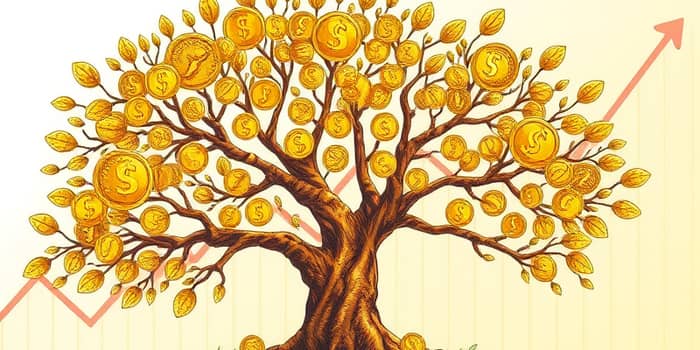
Building wealth can feel daunting, but one of the most potent tools for long-term growth is surprisingly simple. By reinvesting dividends rather than spending them, investors unleash the incredible power of compounding.
Dividend reinvestment means using your cash dividends to purchase additional shares of the same stock or fund. This can be done automatically through a Dividend Reinvestment Plan (DRIP) or manually by directing cash payouts back into the market.
At its core, reinvestment transforms passive income into new equity positions. Rather than receiving a check, you own more shares that, in turn, produce their own dividends.
DRIPs allow investors to opt into automatic purchases of full or fractional shares without paying commission fees. When a dividend is declared, the plan immediately converts the payout into additional shares.
These reinvested shares then begin generating dividends on their own. Over time, a snowball effect that amplifies growth takes hold, as each cycle of dividends buys more shares.
The true magic of reinvestment lies in compounding. Each reinvested dividend increases your share count, and those shares produce dividends of their own. Over decades, this cycle can transform modest sums into substantial nest eggs.
Using online calculators can help illustrate this effect. By inputting your initial amount, dividend yield, and expected growth rate, you gain a visual representation of how reinvestment outpaces mere price appreciation.
Embracing a hands-off approach to wealth through automatic plans lets emotions play a smaller role. Markets rise and fall, but consistent reinvestment smooths out short-term volatility.
Even though dividends are reinvested, they remain taxable in the year they are paid. Each purchase creates a new tax lot, so meticulous record-keeping is essential for accurate reporting and cost-basis calculation.
Software tools or spreadsheets can help you track each lot’s acquisition date and price. Proper tracking ensures you can optimize long-term gains and minimize tax liabilities when you eventually sell shares.
Consider blending automatic reinvestment with occasional manual diversion. When markets appear overvalued, you might choose to redirect dividends to underweighted sectors or emerging opportunities.
A balanced approach helps maintain long-term total return boost while managing risk. Periodic rebalancing ensures your overall asset allocation reflects evolving market conditions and personal objectives.
Reinvesting dividends harnesses two of investing’s most compelling forces: dividend income and compounding. What begins as small payouts snowballs over time into a multiplier of returns.
By embracing automatic and commission-free reinvestment strategies and staying mindful of tax and diversification considerations, investors can cultivate a powerful wealth-building engine. With patience and discipline, the compounding of dividends can transform modest investments into remarkable achievements over decades.
Begin today by assessing your eligible holdings, enrolling in DRIPs where available, and tracking your progress. The journey to compounded wealth is best taken one reinvested dividend at a time.
References













